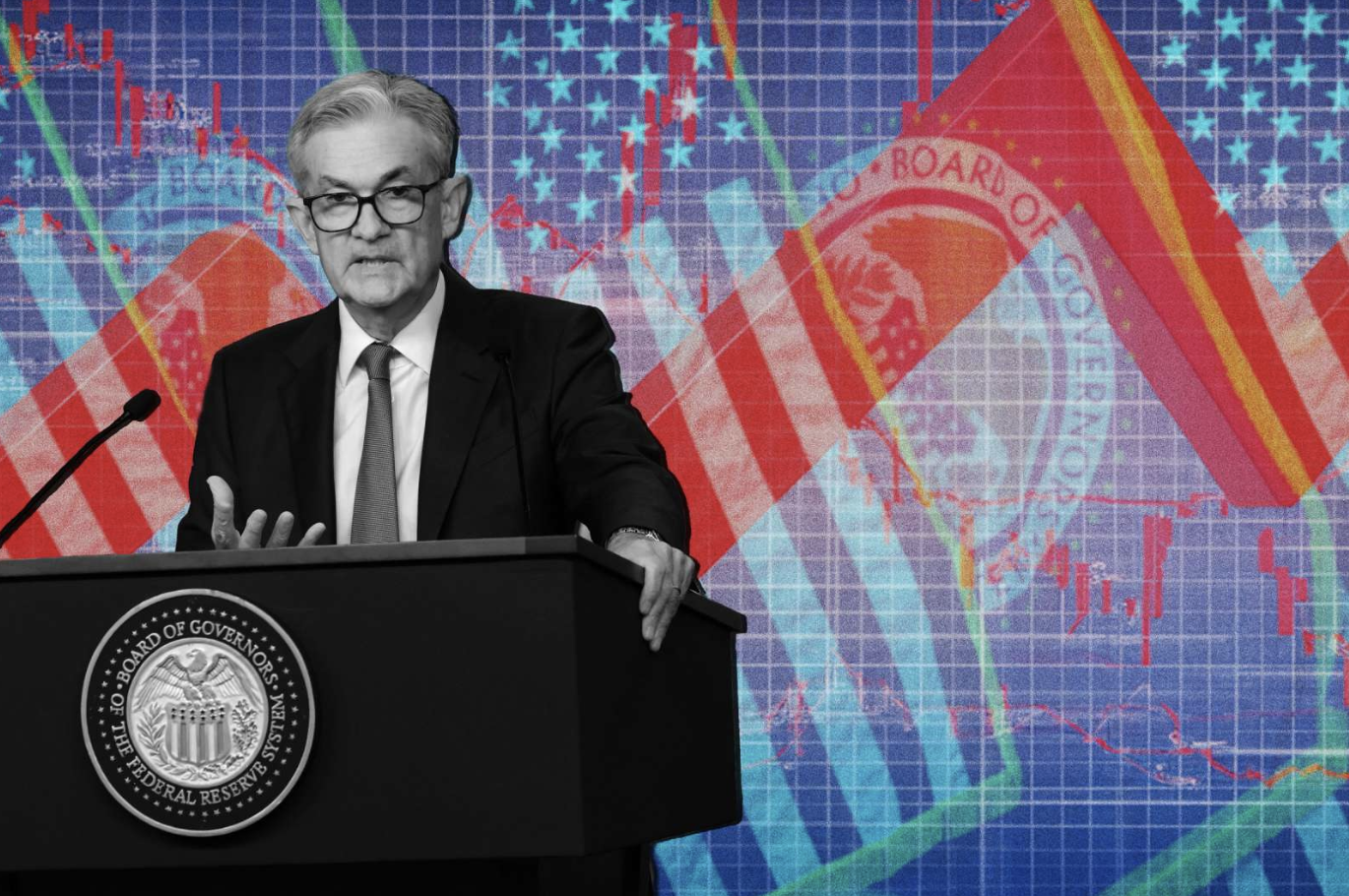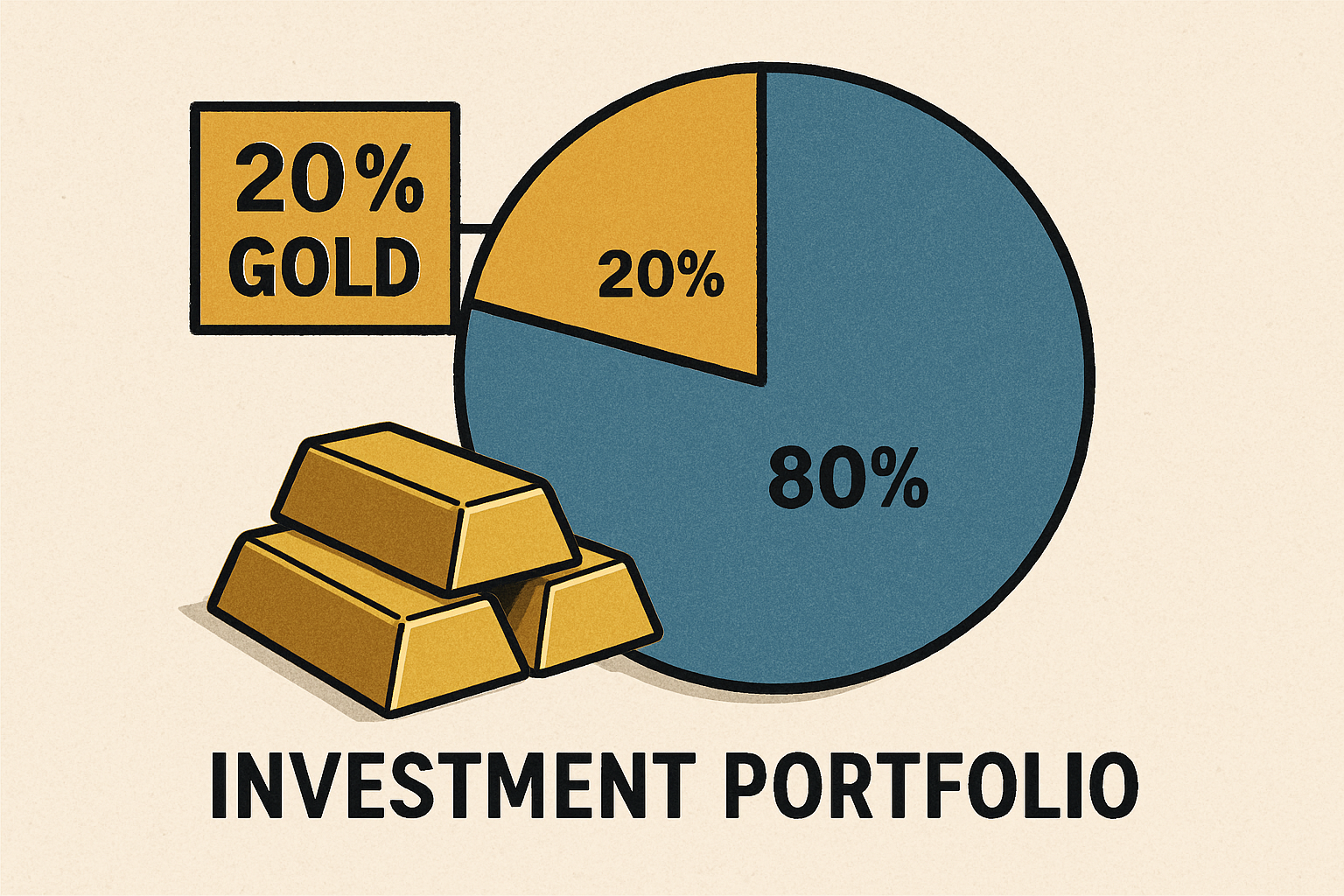Kitco: When the Fed starts cutting rates, 'we are in a very dangerous moment' - Peter St Onge

With all eyes on the Federal Reserve's interest rate announcement on November 1, Peter St Onge, Economist at the Heritage Foundation and a Fellow at the Mises Institute, warned that the real economic storm would hit when the U.S. central bank starts to cut rates.
The latest market projections see a 99% chance of a pause next week, according to the CME FedWatch Tool, with expectations of a rate cut starting to grow starting in March.
“The only reason why the Fed would start cutting rates is because it would realize it screwed up”, St Onge told Michelle Makori, Lead Anchor and Editor-in-Chief at Kitco News, on the sidelines of the Pacific Bitcoin Festival.
"We are in a very dangerous moment," St Onge said. "On the one hand, if the Fed hikes rates, that keeps strangling the private economy. If they keep rates steady, we will continue to suffer the fallout from these 50-year highs in rate hikes. If they start cutting, that sends a message to us that the Fed is now more afraid of recession than it is of inflation."
The economist pointed out that since the COVID-19 pandemic, central banks worldwide have become in-house money printers for the governments in charge, losing their independence. "They are supposed to be an apolitical, independent organization. Ironically, what we've got now is the exact opposite," he said.
St Onge described the last Fed rate hike as "the death cross," stating that the Fed has put markets into a corner. "No matter what the Fed does at this point, it's going to be concerning for us," he added.
"If we get to a point where inflation is still going, yet the Fed starts cutting, that is where that death cross comes in. That's where you would get really concerned because the inflation job is not done, but the Fed gave up," St Onge said. "That tells you [the Fed] is afraid of something bigger. They would be afraid of some sort of a severe recession, something like the 2008 crisis."
A death cross in financial charts occurs when a short-term moving average (typically the 50-day moving average) crosses below a long-term moving average (typically the 200-day moving average). This is seen as a bearish signal by many traders.
The markets could still get hit with a 2008-like crisis combined with 1970s-type inflation, watch the video above for details on how this could unfold.
The Fed has become the dominant force guiding equity markets, and that is not how it is supposed to work, according to St Onge.
"When you look at every Fed meeting, everybody stops. What did Jerome say? This is not healthy," he said. "The money is supposed to be a background, like turning on a light switch. Central banks have become way too involved in the process."

.png?width=2000&height=880&name=800-719-7408%20(1).png)


